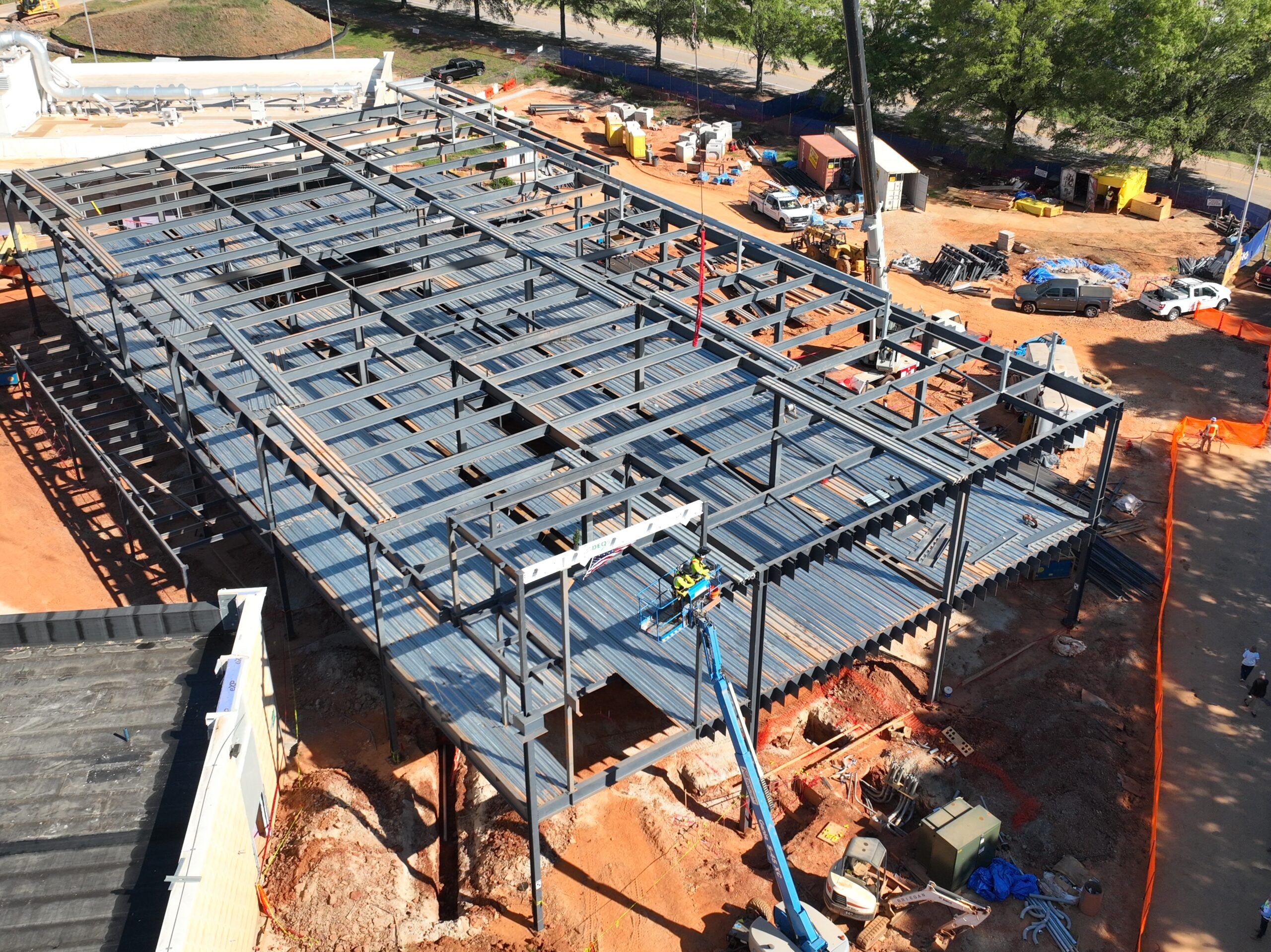Visual designs transform abstract thoughts into tangible, striking visuals. Collaborating with a 3D rendering company can propel your projects into new dimensions, making invisible ideas visible.
How does this work? Let’s explore how visual design is changing real estate construction.
Communicating Ideas Clearly with Renderings
Construction projects start as mere concepts. These concepts need to be communicated clearly to all stakeholders involved. Imagine discussing plans using only blueprints or verbal descriptions. Misunderstandings could arise easily.
That’s where visual designs play a vital role.
3D renderings make these abstract ideas concrete. Everyone from architects to clients can see exactly what to expect. It’s like having a crystal ball that reveals how the final project will look. This not only ensures everyone is on the same page but also makes communication more streamlined and effective.
Enhancing Client Engagement
Clients want to know what they’re getting into before they commit financially. Static sketches and rough blueprints don’t cut it anymore. Visual designs catch their eye and keep them engaged by presenting lifelike imagery of the final product.
This allows clients to interact with the model, identifying areas they might want to change earlier in the process. Overall, it enhances satisfaction and trust.
Boosting Efficiency and Precision in Construction
Think of visual designs as the ultimate blueprint. They provide detailed guides for every inch of the construction site. With precise measurements and layouts, planners can foresee potential problems and fix them before they happen.
Imagine building a house without knowing exactly where each room starts and ends—chaos, right? Visual designs eliminate this confusion, ensuring everything fits perfectly. This isn’t just a win for big projects; even smaller ones benefit greatly from this level of detail.
Cutting Down Errors and Costs
Mistakes in construction can be expensive and time-consuming to correct. Using 3D models to visualize the project beforehand lets builders spot issues early on. They can experiment with different materials and structures in a virtual space, choosing the best options before any physical work starts.
This proactive approach means fewer surprises during the actual build, which reduces waste and keeps the project within budget.
Improving Marketing and Selling Strategies
When it comes to selling a property, empty promises of luxury or convenience just won’t cut it. High-quality 3D renderings can create eye-catching marketing materials that grab potential buyers’ attention right away.
With stunning visuals, you don’t need to rely on vague descriptions or complicated floor plans. Buyers love to see the intricate details—the wall textures, garden landscapes, and even how the furniture fits. It’s like helping them visualize their future home.
Virtual Tours and Augmented Reality
Virtual reality (VR) and augmented reality (AR) are revolutionizing real estate marketing. 3D renderings aren’t just stationary images; they can become immersive experiences.
Now, buyers can take virtual tours of properties right from their own homes, feeling like they’re actually there. This tech isn’t just a cool feature; it’s quickly becoming a necessity, especially in today’s global market where buyers or investors might be located far away.
Keeping the Artistic Vision Intact
Architects put a lot of effort into creating visually stunning and functional designs. Visual designs help ensure that this artistic vision is maintained throughout the construction process.
With precise 3D models, contractors can follow the original design closely, making sure every curve, line, and space comes to life just as the designers intended.
Adapting Creativity Mid-Project
Changes are inevitable in any construction project. Sometimes creative needs shift midway through. Detailed visual designs make it easier to adapt these changes without throwing off the project timeline or budget.
Conclusion
From the initial brainstorming to the final build, visual designs provide essential support at every stage of a real estate project. They bring clarity to planning, improve efficiency, and boost marketing efforts, all while preserving the designer’s artistic integrity.
So, whether you’re working on a towering skyscraper or a cozy bungalow, investing in striking visual designs is key to future success in real estate.












